A Culinary Journey: Exploring the World Through Food
Food is more than just sustenance; it is a universal language that transcends borders, cultures, and time. A culinary journey is not merely about tasting different dishes but about immersing oneself in the stories, traditions, and histories that each bite carries. From the bustling street markets of Southeast Asia to the refined kitchens of Europe, every corner of the world offers a unique gastronomic experience. This article delves into the essence of a culinary journey, exploring how food connects us to the world and to each other.
The Allure of Street Food
No culinary journey is complete without indulging in street food. Street food is the heartbeat of a city, offering a raw and unfiltered glimpse into its culture. In Bangkok, the aroma of sizzling pad Thai fills the air, while in Mexico City, the scent of freshly made tacos al pastor wafts through the streets. These dishes are not just meals; they are a reflection of the people who make them and the communities they serve.
Street food is also a testament to human ingenuity. With limited resources, street vendors create dishes that are both flavorful and affordable. In India, for example, the humble samosa—a deep-fried pastry filled with spiced potatoes—has become a beloved snack across the country. Similarly, in Turkey, the simit—a circular bread encrusted with sesame seeds—is a staple for locals and tourists alike.
The Art of Fine Dining
While street food offers a glimpse into the soul of a place, fine dining provides a window into its artistry. Michelin-starred restaurants around the world are not just places to eat; they are stages where chefs perform culinary masterpieces. In Paris, the birthplace of haute cuisine, dishes are crafted with precision and elegance, each plate a work of art.
But fine dining is not confined to Europe. In Japan, kaiseki—a traditional multi-course meal—is a celebration of seasonality and balance. Each dish is meticulously prepared to highlight the natural flavors of the ingredients, creating a harmonious dining experience. Similarly, in Peru, chefs like Gastón Acurio have elevated traditional dishes like ceviche to new heights, blending indigenous ingredients with modern techniques.
The Role of Tradition
Food is deeply rooted in tradition, and a culinary journey often involves exploring the historical and cultural significance of certain dishes. In Italy, pasta is more than just a meal; it is a symbol of family and togetherness. The process of making pasta by hand, passed down through generations, is a labor of love that connects people to their heritage.
In China, the Lunar New Year is marked by a feast of symbolic dishes. Dumplings, for example, are shaped like ancient Chinese currency and are believed to bring wealth and prosperity in the coming year. Similarly, in the American South, soul food—dishes like fried chicken, collard greens, and cornbread—is a testament to the resilience and creativity of African American communities.
The Global Fusion of Flavors
As the world becomes more interconnected, culinary traditions are blending in exciting new ways. Fusion cuisine, which combines elements from different culinary traditions, is a testament to the power of food to bring people together. In cities like New York and London, it is not uncommon to find restaurants that serve dishes like sushi burritos or kimchi tacos.
This blending of flavors is not just a modern phenomenon. The Silk Road, an ancient network of trade routes, was also a conduit for culinary exchange. Spices like cinnamon and cardamom, which originated in Asia, found their way to the Middle East and Europe, transforming the cuisines of these regions. Similarly, the Columbian Exchange—the widespread transfer of plants, animals, and culture between the Americas and the Old World—introduced ingredients like tomatoes, potatoes, and chocolate to Europe, forever changing its culinary landscape.
The Personal Connection
A culinary journey is also a deeply personal experience. For many, food is tied to memories and emotions. The taste of a grandmother's homemade pie or the smell of a favorite childhood dish can evoke a sense of nostalgia and comfort.
Traveling and trying new foods can also be a way to step out of one's comfort zone and embrace new experiences. For some, this might mean trying exotic delicacies like fried insects in Thailand or haggis in Scotland. For others, it might be as simple as savoring a perfectly ripe mango on a tropical beach.
The Future of Food
As we look to the future, the culinary landscape is poised for further transformation. Advances in technology, such as lab-grown meat and vertical farming, are changing the way we produce and consume food. At the same time, there is a growing emphasis on sustainability and ethical eating, with more people opting for plant-based diets and locally sourced ingredients.
The COVID-19 pandemic has also had a profound impact on the culinary world. With restaurants forced to close or adapt, many chefs and food entrepreneurs have turned to delivery services, meal kits, and virtual cooking classes to stay afloat. This shift has not only changed the way we dine but has also highlighted the resilience and creativity of the culinary industry.
Conclusion
A culinary journey is more than just a series of meals; it is an exploration of culture, history, and humanity. Whether it's savoring a bowl of pho in Vietnam, enjoying a slice of pizza in Naples, or experimenting with molecular gastronomy in Spain, food has the power to connect us to the world and to each other.
As we continue to explore the rich tapestry of global cuisine, let us remember that every dish has a story to tell. By embracing these stories, we not only enrich our own lives but also contribute to a more interconnected and understanding world. So, the next time you sit down to a meal, take a moment to appreciate the journey that brought it to your plate—and savor every bite.
In the end, a culinary journey is not just about the food; it's about the people, the places, and the memories that make each dish unforgettable. Bon appétit!
转载请注明来自简单的大亮,本文标题:《美食之旅翻译成英文怎么写》


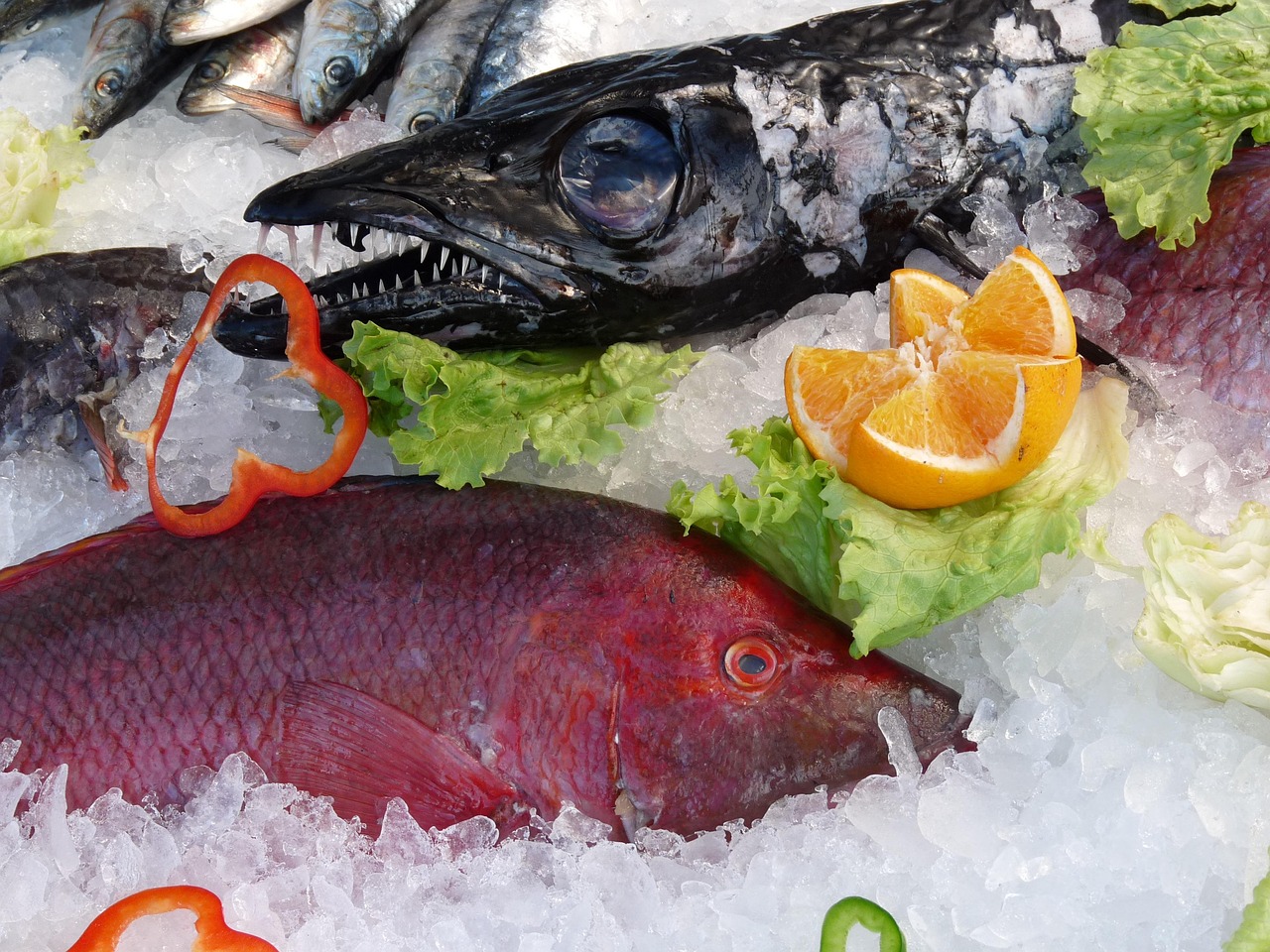

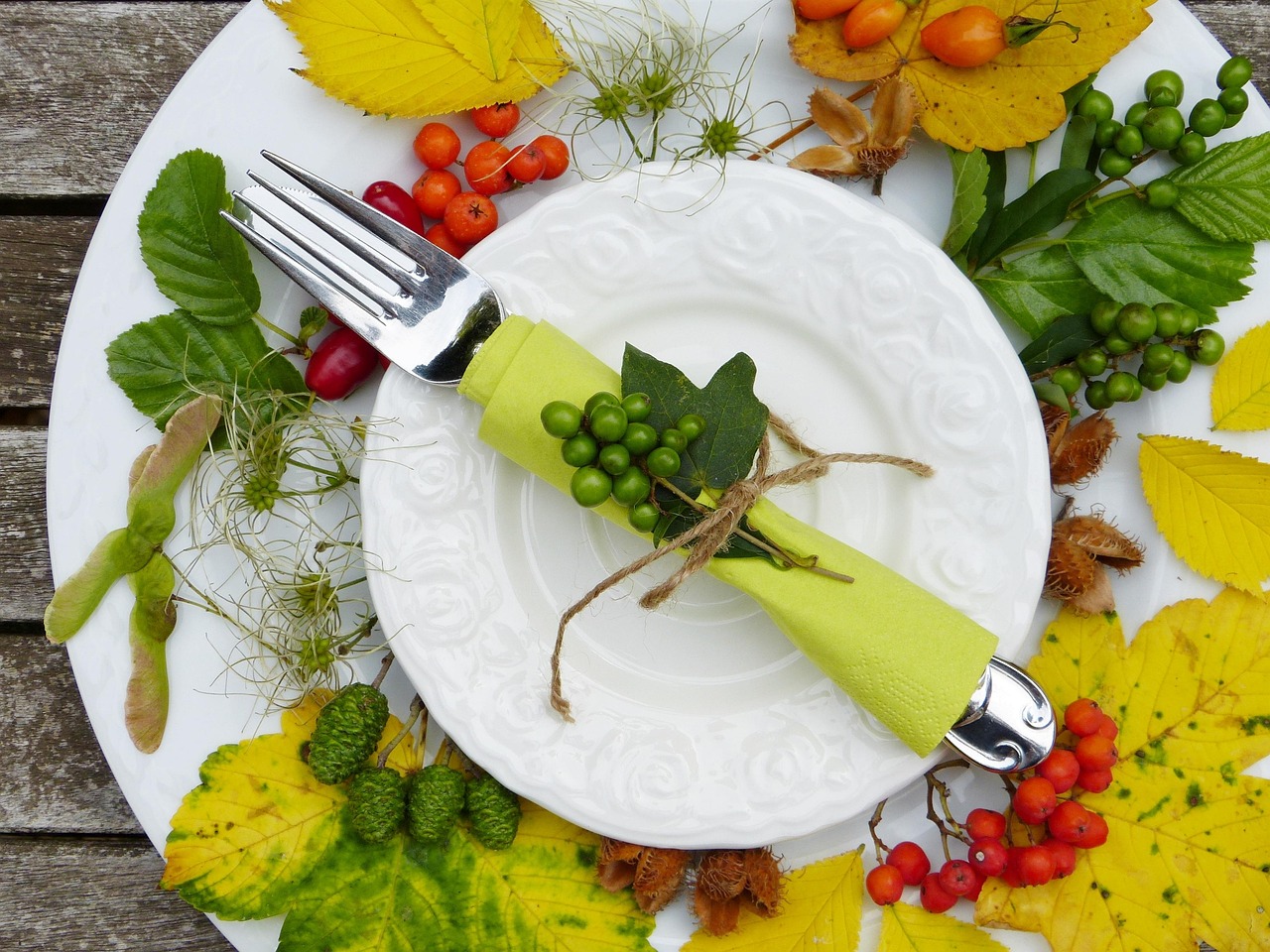
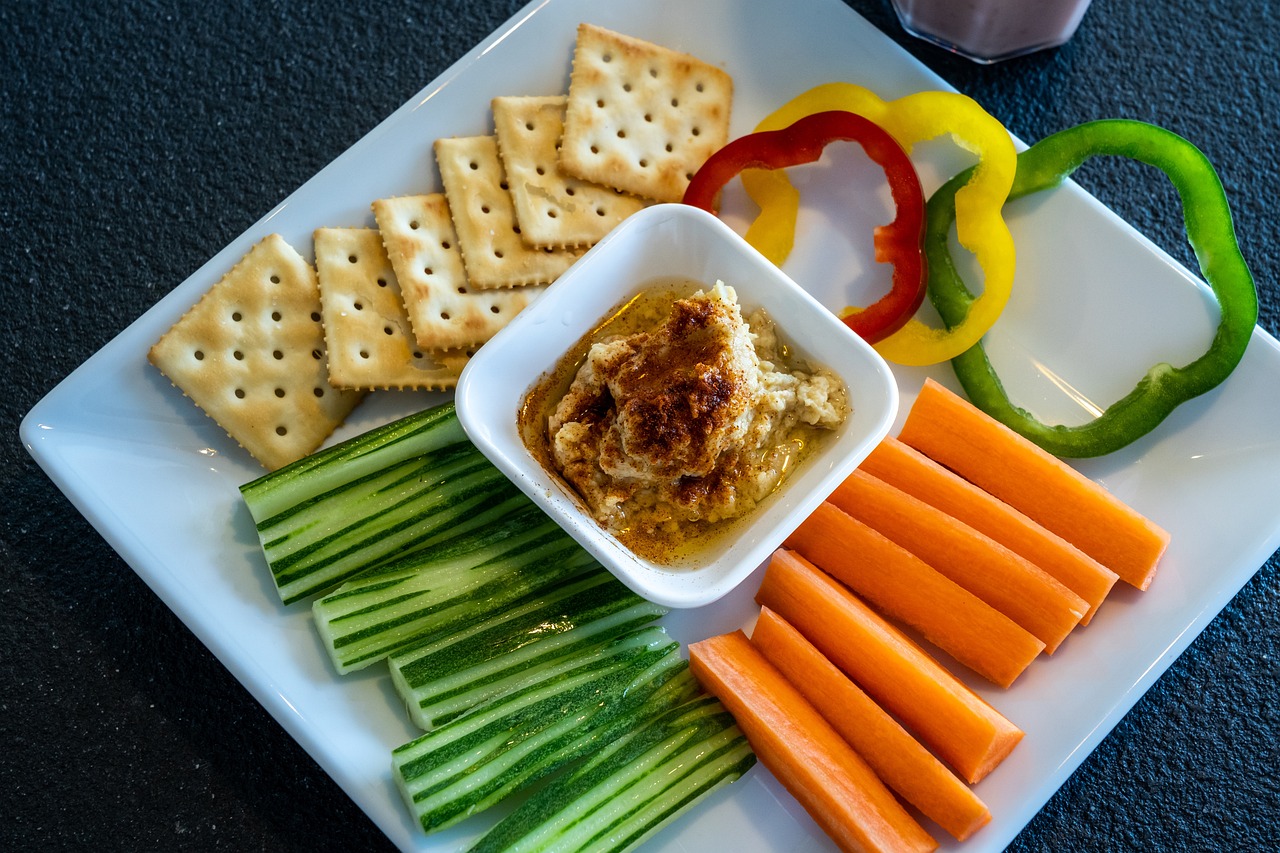

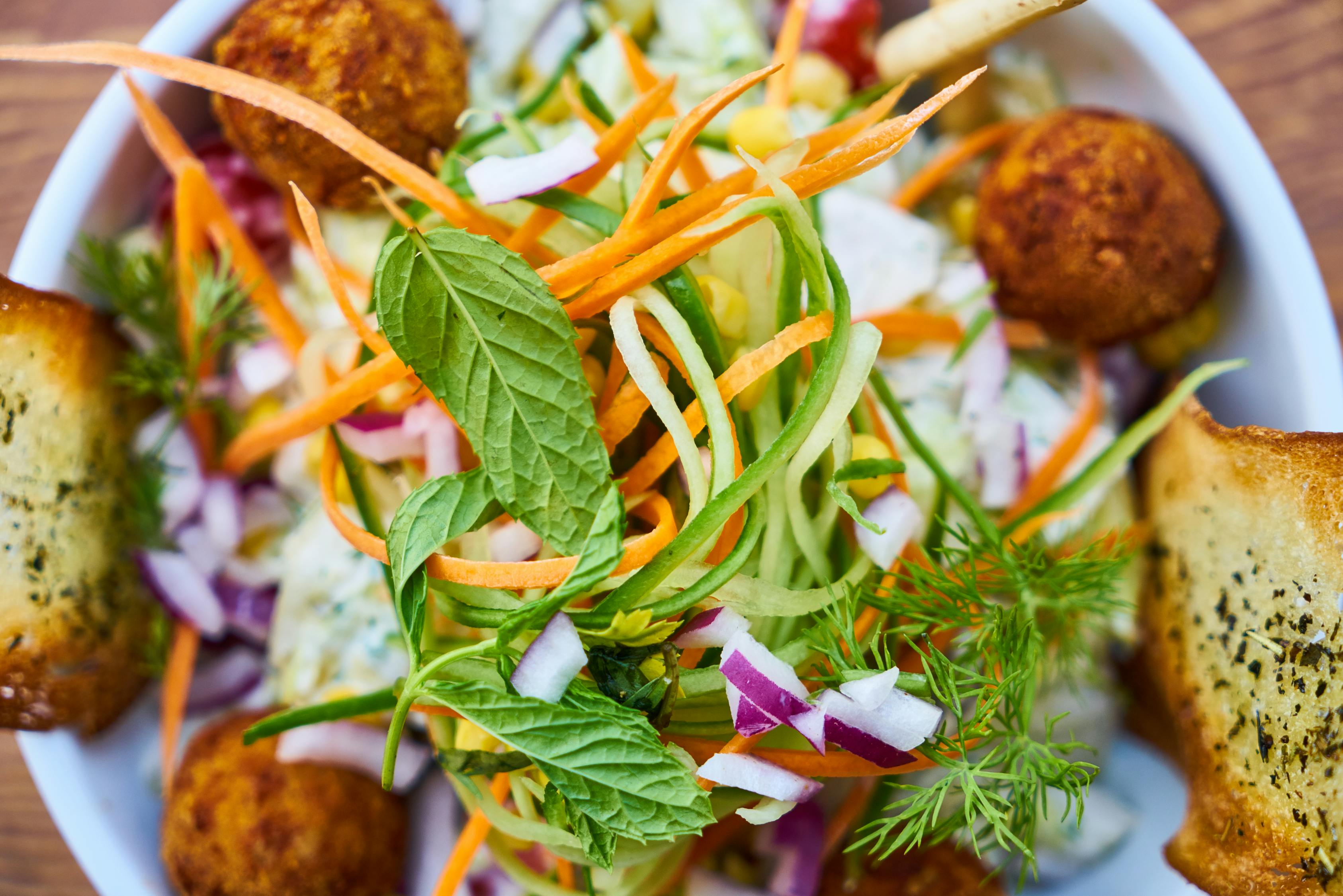


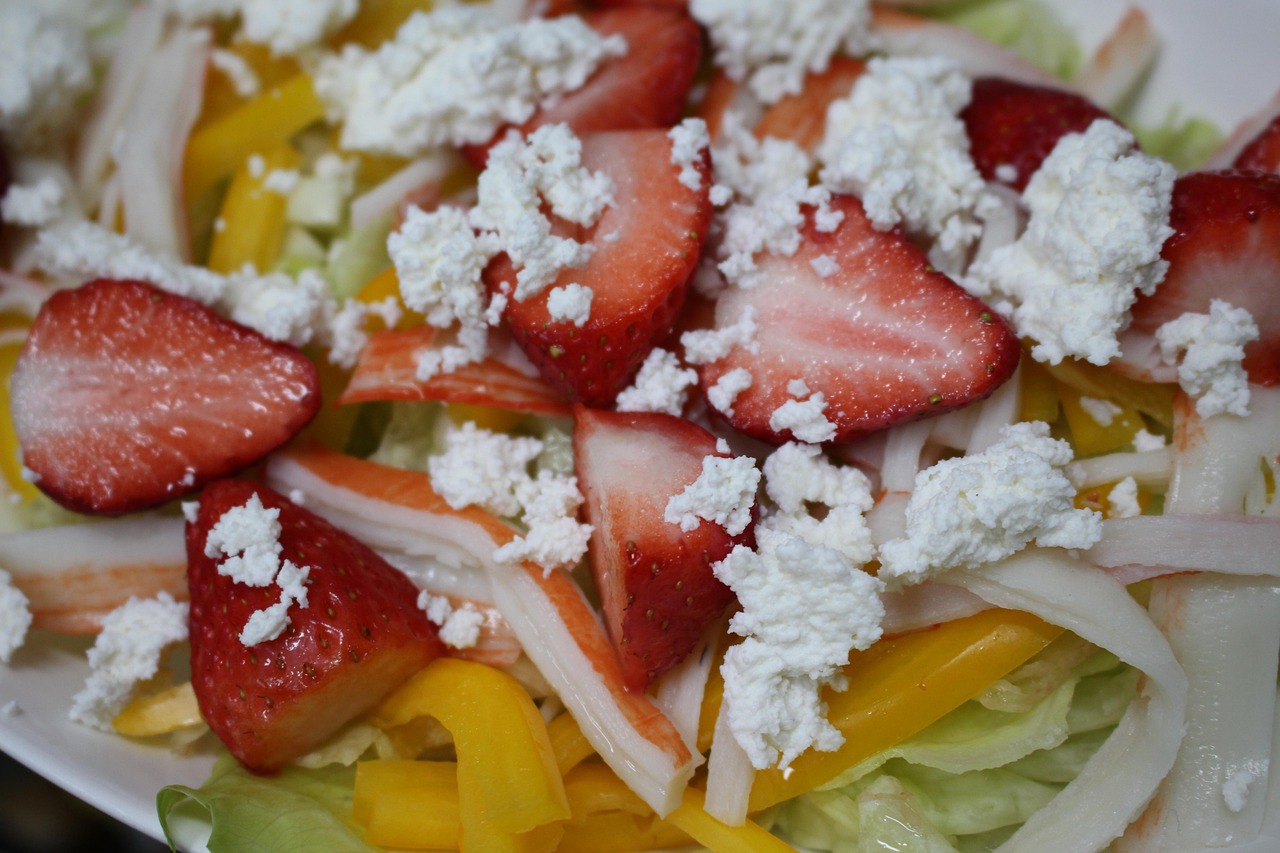
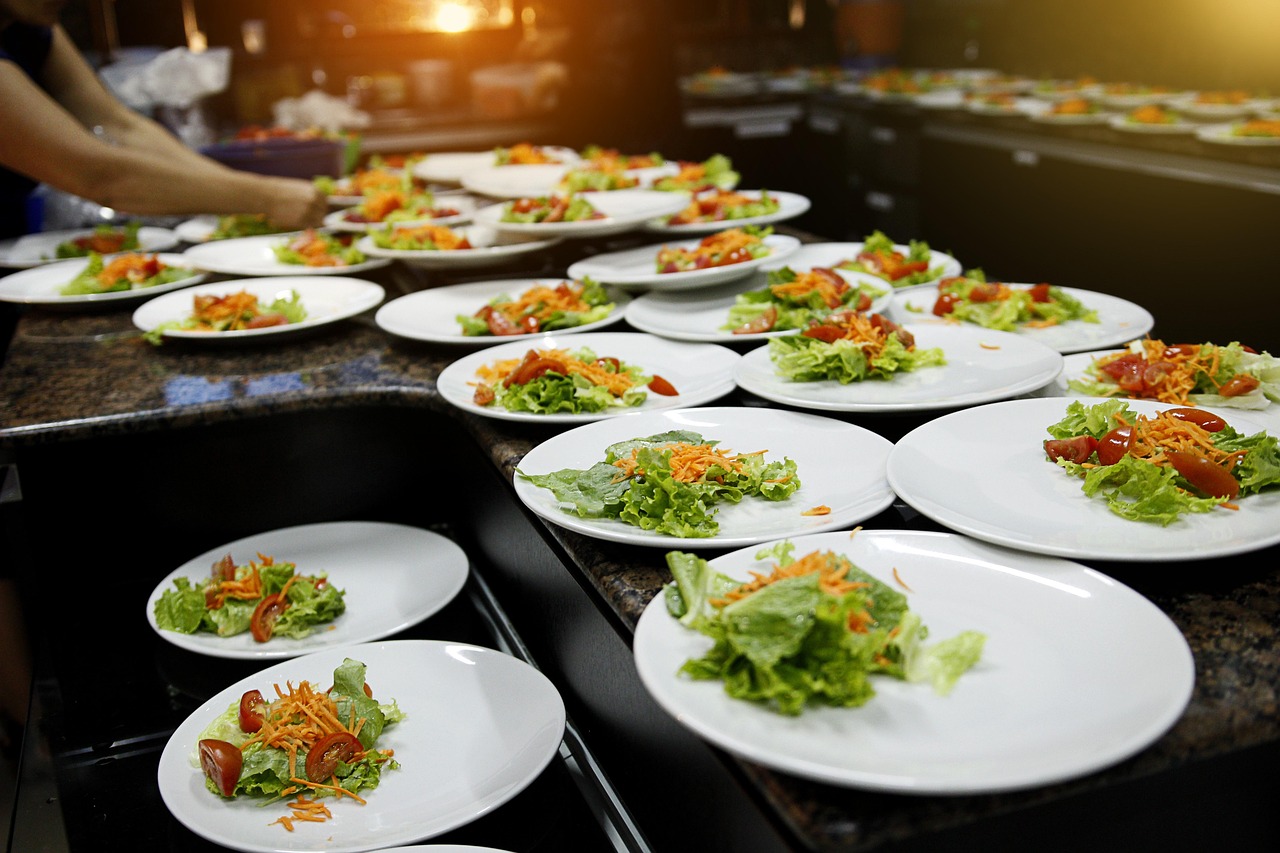
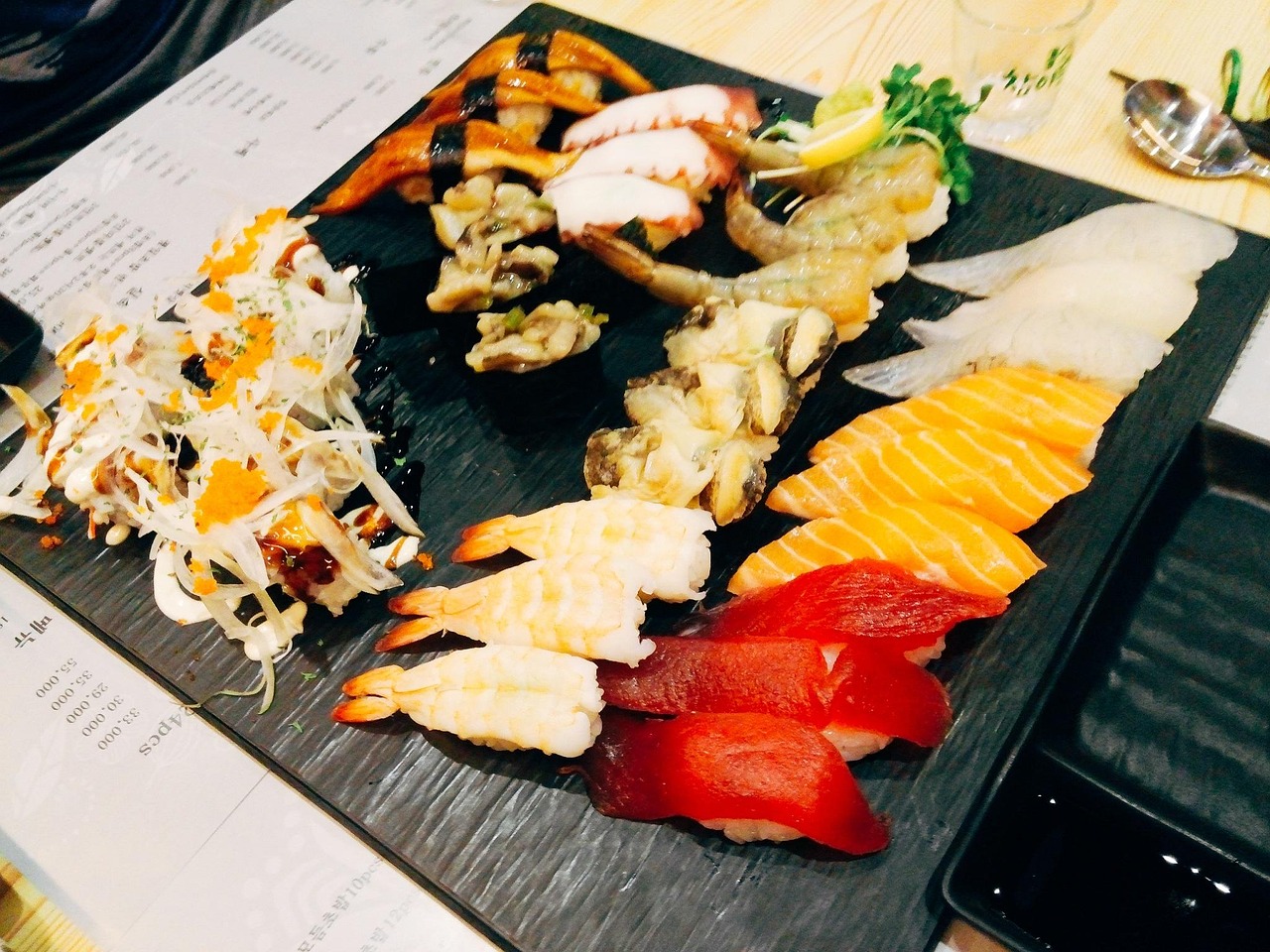
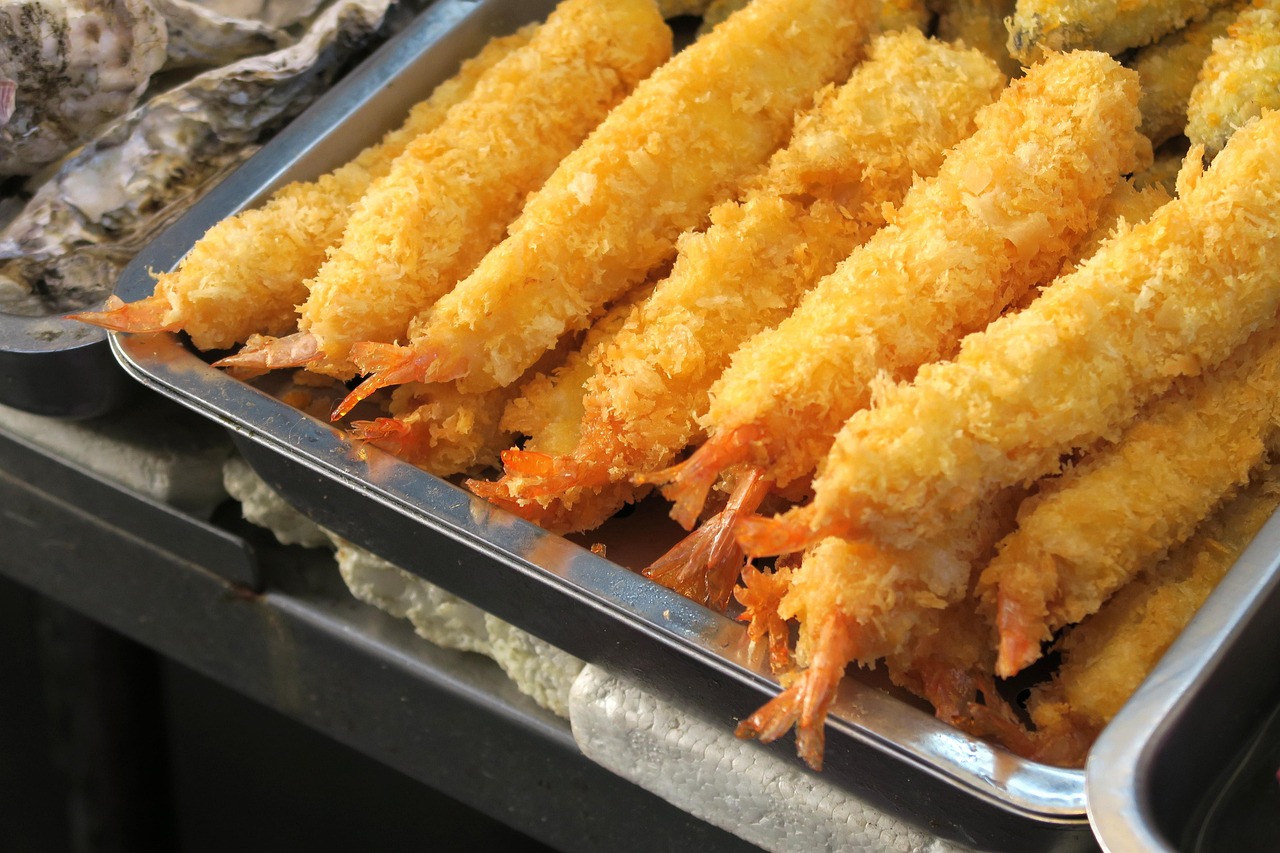
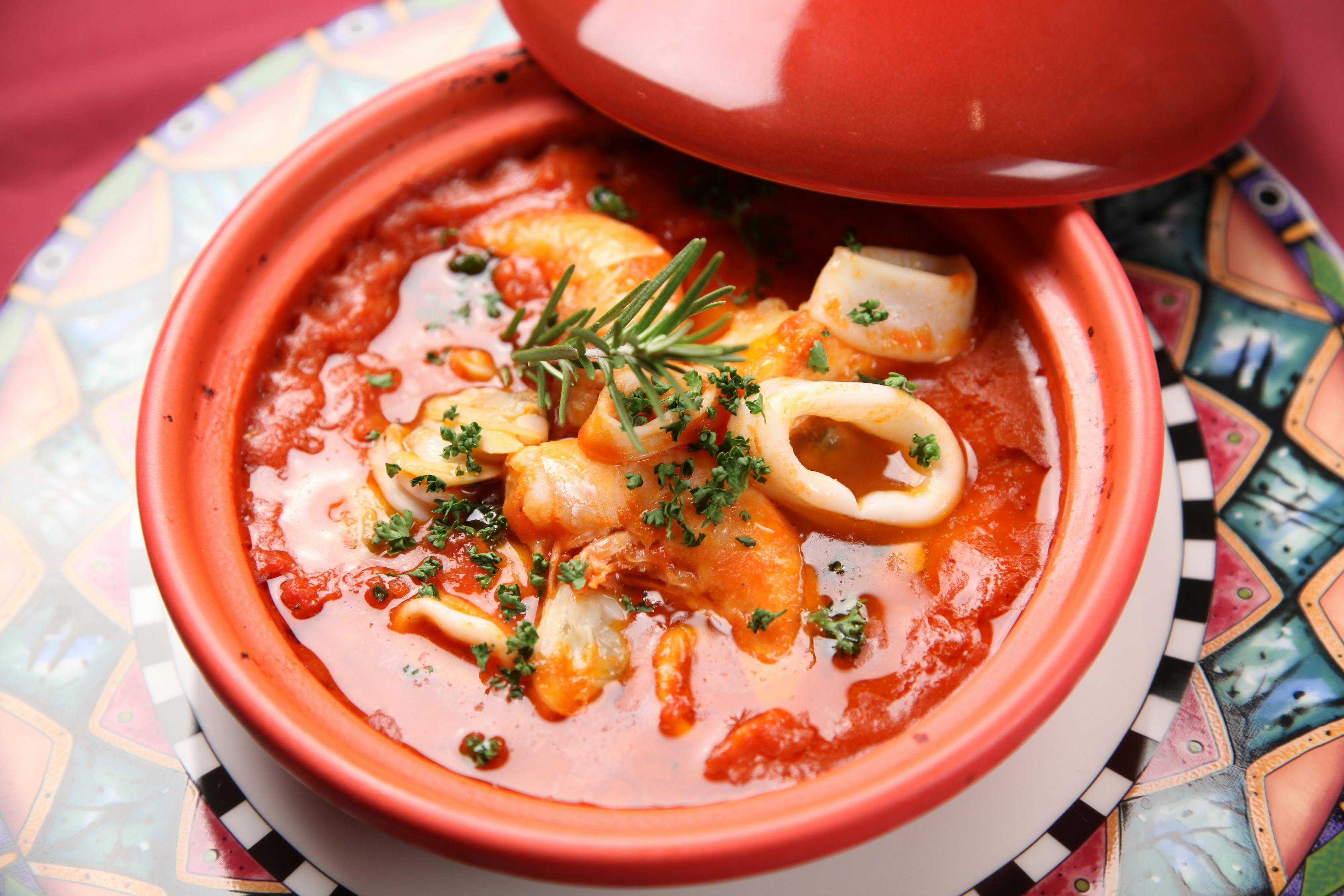
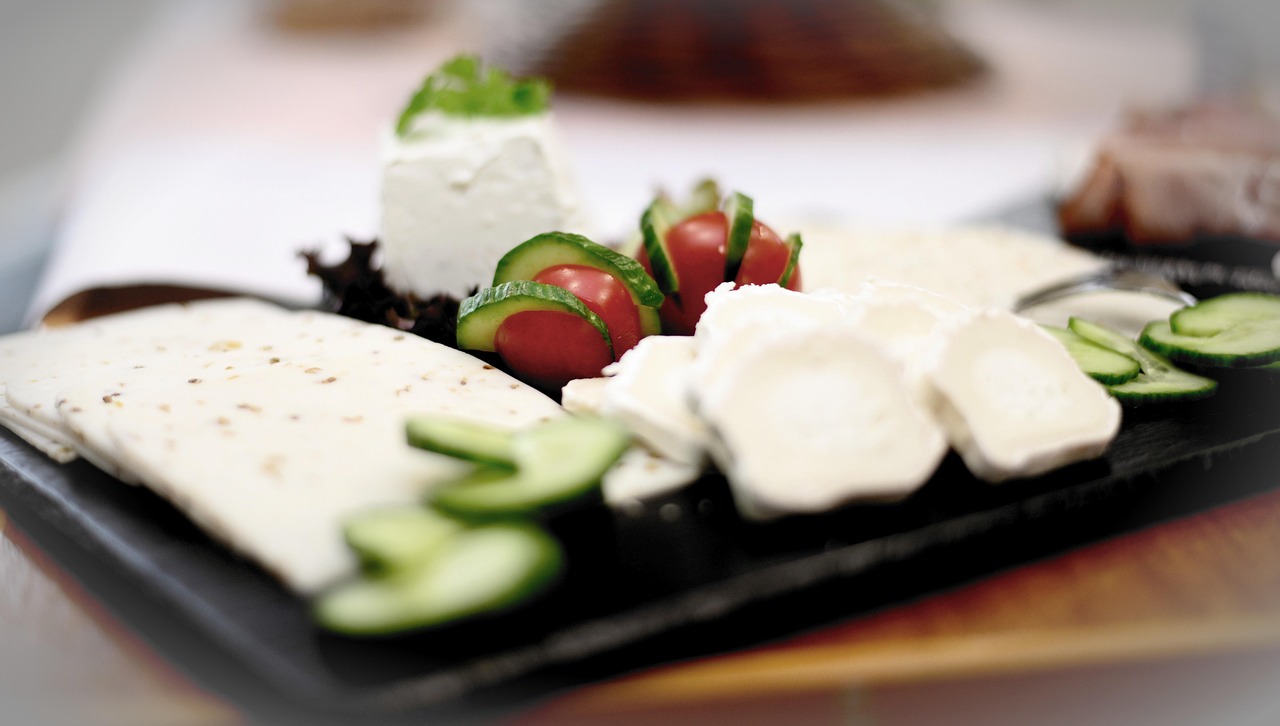
 京公网安备11000000000001号
京公网安备11000000000001号 闽ICP备2023004937号-3
闽ICP备2023004937号-3